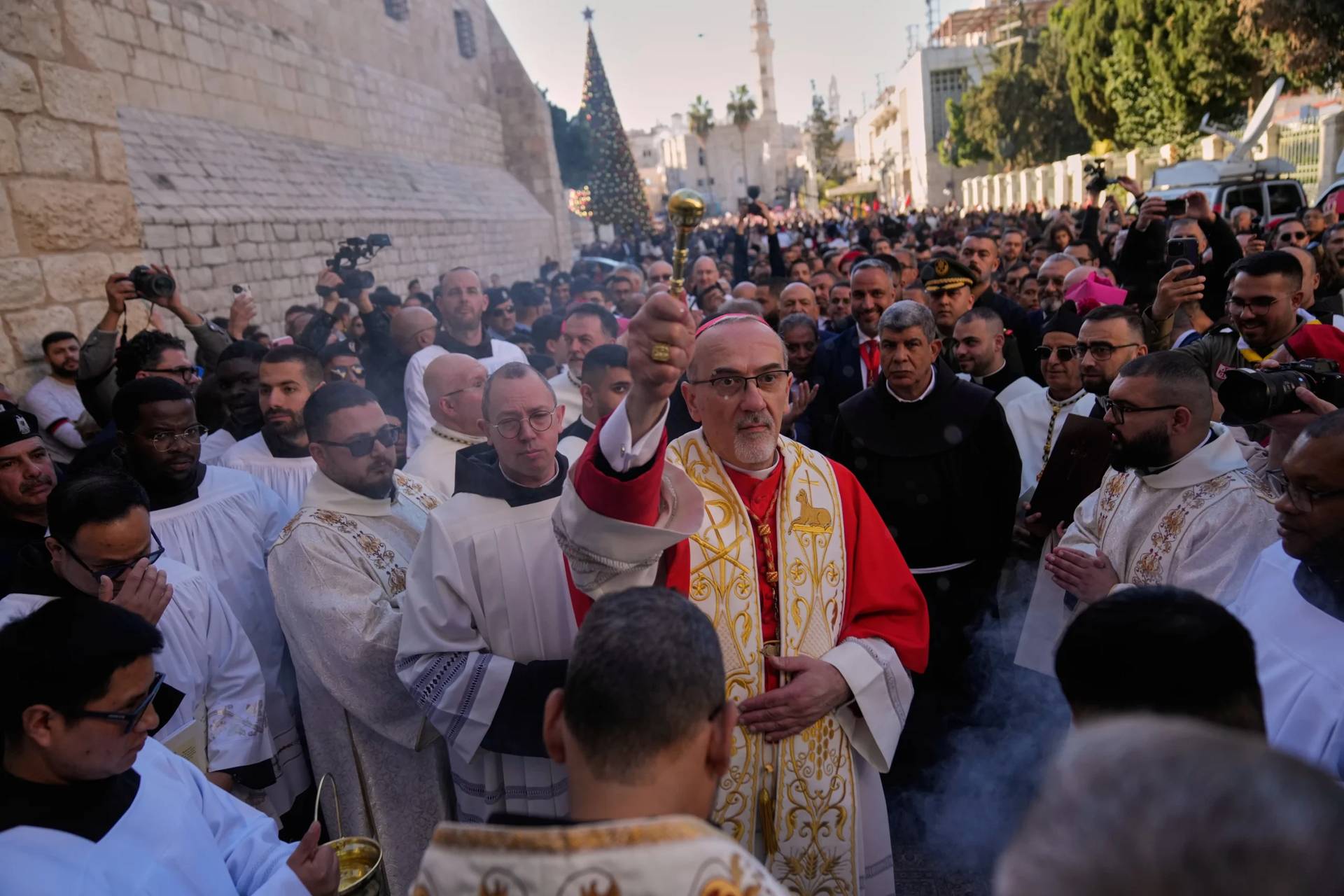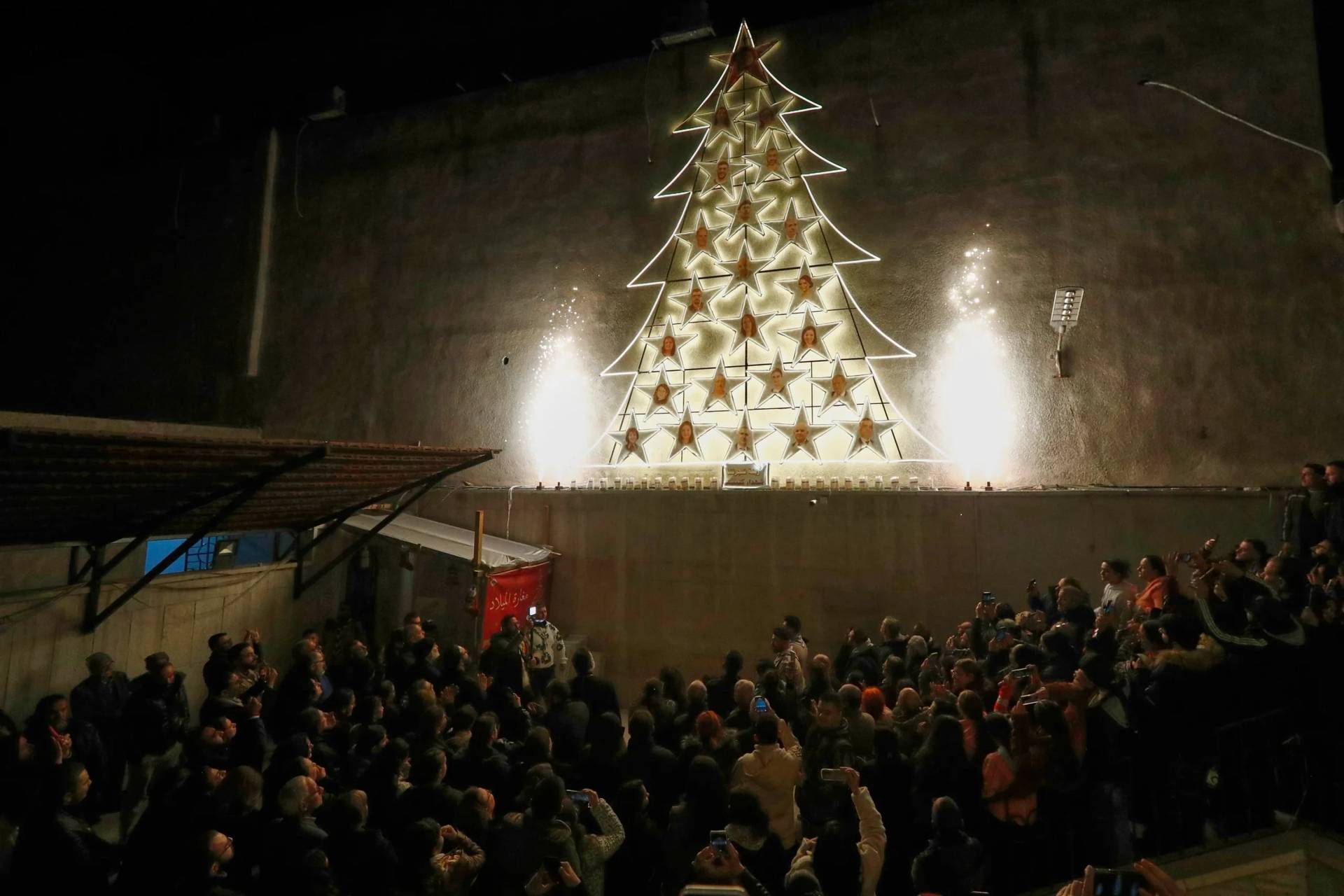NEW YORK — A new, independent database listing nearly 6,000 priests accused of abuse was launched this week, marking what some observers say is a sign of a new era of transparency in the Catholic Church and others labeling it the “privatization of justice” after years of church leaders blocking such efforts.
The database, which was activated on Monday, was a yearlong effort by ProPublica, “a nonprofit newsroom that investigates abuses of power.” The launch comes after the 2018 release of the Pennsylvania grand jury report, which sent shock waves through the U.S. Church as it chronicled seven decades of abuse of more than 1,000 victims at the hands of 300 priests.
Since then, numerous dioceses have rushed to publish their own list of accused priests.
“Nationwide, the names of more than 5,800 clergy members have been released so far, representing the most comprehensive step toward transparency yet by a Catholic Church dogged by its long history of denying and burying abuse by priests,” write the researchers behind the ProPublica effort.
According to them, when surveying the lists which led to their efforts to compile the names into one accessible and searchable database, “numerous alleged abusers have been omitted and that there is no standard for determining who each diocese considers credibly accused.”
As of January 20, they note, there have been at least 178 lists produced by U.S. dioceses and religious orders. 41 dioceses and dozens more religious orders, they write, have not yet done so.
Terence McKiernan, president and co-director of the organization, Bishop Accountability, hailed the ProPublica effort as one that “absolutely will increase pressure on other dioceses to publish lists.”
He told Crux that the U.S. Church has witnessed “a groundswell of transparency” following the latest wave of abuse scandals, much of it forced by outside circumstances.
Even so, he applauded the U.S. bishops and dioceses for releasing these names, something that abuse survivors and accountability groups have long advocated for over the past two decades. He also said that he hopes it sets a global precedent.
“Not another country in the world is doing what the Catholic bishops in the U.S. are doing,” he noted.
Church historian Massimo Faggioli also described the database launch as a “big deal,” telling Crux that it signals an important shift toward the privatization of justice.
“There is a sense of injustice and that the Catholic Church has failed. When there’s a feeling that the Church cannot guarantee justice, then you have means of private justice that emerge,” he said.
Even so, Faggioli, a professor at Villanova University, said caution was necessary, warning that he tested the database for several names of cases in which he was familiar with the circumstances of how priests ended up on diocesan lists.
He noted that the database lacks the necessary distinctions between priests who are accused of abuse of minors and cases of other kinds of sexual misconduct.
While he said that bishops lack the ability to criticize this, due to their severe loss of credibility over the Church’s handling of abuse, it’s important to point out the defects of such a system as well.
On whether or not there could one day be a global database for accused priests which the Catholic Church could manage in an effort to bring about transparency, Faggioli said that there may be canonical challenges to it but that on a practical level “it makes sense.”
In particular with the movement of missionary priests and those from religious orders who often travel freely from country to country, he said historically there have been problems with monitoring their histories. Now, he noted, the problem extends also to diocesan priests migrating to other countries, and possibly in the future, to members of transnational ecclesial movements.
McKiernan also pointed out that many of the lists that do exist are incomplete and could be improved.
“There are gaps, and what ProPublica has done will exert serious pressure on the dioceses to fill those gaps,” he said.
One feature he pointed to in the new online database is that it “conveys the inter-woven” nature of how priests are often mobile and can serve in various dioceses in different capacities over the course of their careers.
Over the years, he pointed out, many dioceses have failed to crosslist priests who served in different dioceses, making unclear where and when the alleged abuse took place during their ministries.
The public nature of the database, he said, will increase pressure for standardization when it comes to how diocesan lists are published.
He listed several practical measures, which he said would go a long way in improving the integrity of the lists, including the listing of ordination years and including the middle initials of accused priests so that one can more easily and accurately identify the priest in question.
At the conclusion of the November 2018 assembly of the United States Conference of Catholic Bishops (USCCB), then-President Cardinal Daniel DiNardo said that as the conference advances its efforts to respond to the abuse crisis, among the next steps would be “studying national guidelines for the publication of lists of names of those clerics facing substantiated claims of abuse.”
As Crux has previously reported, over the last two decades, many dioceses have had different standards for what “credibly accused” actually means and who gets to decide when it comes to producing lists.
RELATED: Two decades into crisis, no consensus on what ‘credibly accused’ means
“Generally credible means the allegation could have taken place in terms of individuals involved, location, date and plausibility,” said Kathleen McChesney, former executive director of the USCCB’s Office of Child Protection and now CEO of Kinsale Consulting.
“Other dioceses use ‘plausible’ as the definition, which is similar. Some dioceses consider credible allegations to be ‘more likely true than not’ while others look for more certainty, in other words, that the facts presented are ‘beyond a reasonable doubt,’ ‘established’ – meaning proven or admitted,” she told Crux in December 2018.
USCCB spokeswoman Chieko Noguchi told ProPublica that “Recognizing the authority of the local bishop, and the fact that state and local laws vary, the decision of whether and how to best release lists and comply with varying civil reporting laws has been the responsibility of individual dioceses.”
Crux spoke with Noguchi on Tuesday and she referred back to her previous statement on the matter.
While the USCCB is not an enforcement agency for bishops, as they report directly to the pope, McKiernan predicts that efforts like that of ProPublica will continue to add a healthy amount of pressure on dioceses and religious orders to continue their efforts to make the information both public and standardized.
“It’s a big and complicated job,” said McKiernan, but it “allows us to focus on where the transparency needs to go.”
Follow Christopher White on Twitter: @cwwhite212
Crux is dedicated to smart, wired and independent reporting on the Vatican and worldwide Catholic Church. That kind of reporting doesn’t come cheap, and we need your support. You can help Crux by giving a small amount monthly, or with a onetime gift. Please remember, Crux is a for-profit organization, so contributions are not tax-deductible.

















